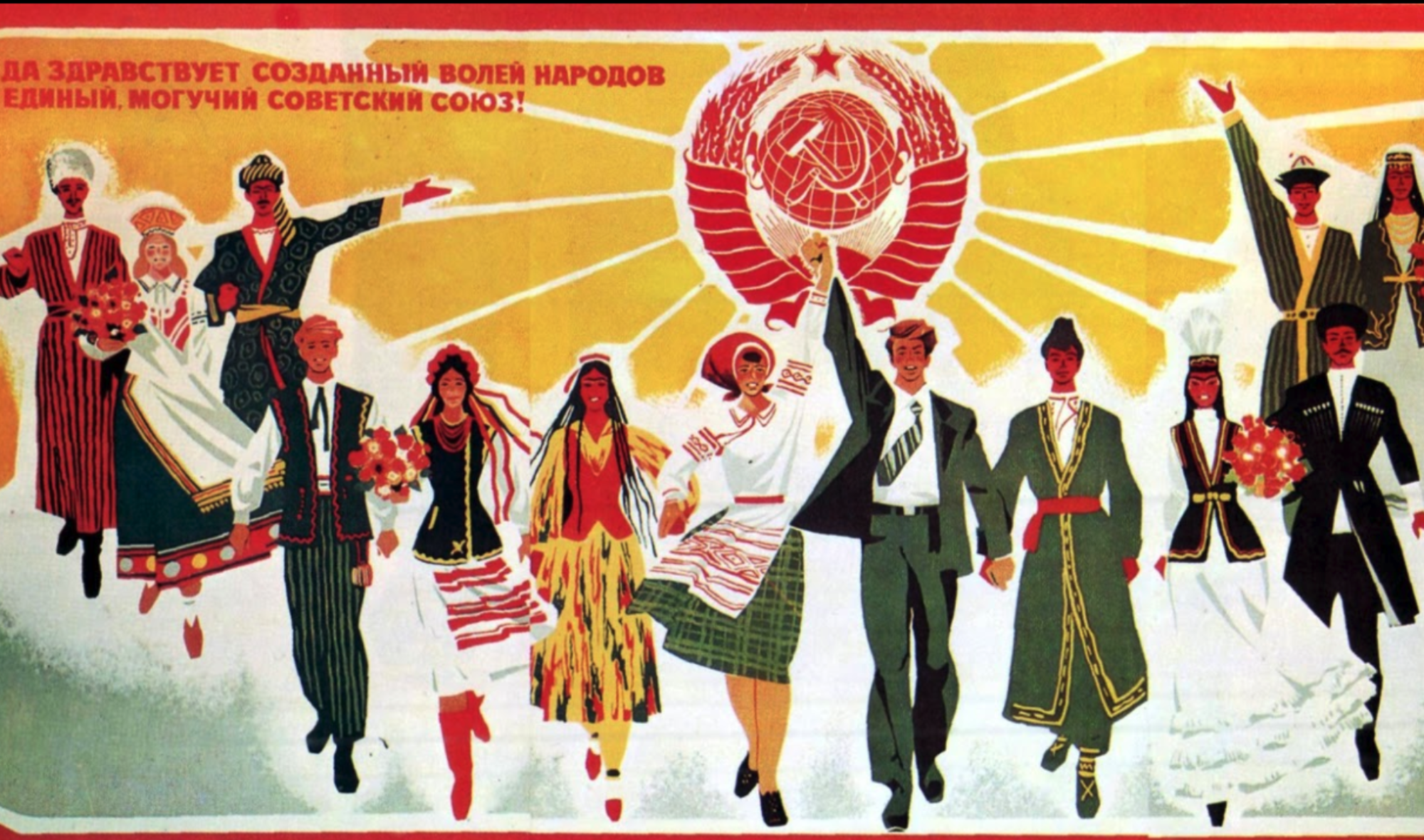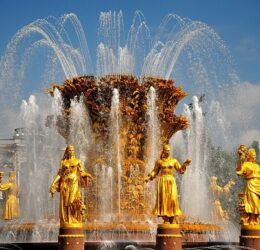After analyzing numerous attempts at which the Soviet Union has tried to specifically define distinct nationalities, Northrop immediately points to the dilemma they create for themselves instead. The Soviet Union had done so by first insulting the Uzbeks in terms of their capabilities of modernization, then forcing them to change their society specifically through their women (Northrop, 34).
Was the fact that Central Asia was always seen as timeless and unchanging the perfect set up for the Soviet Union to true and push for its assimilation in hopes of using its lasting condition as a prize form of national identity in which they could pursue in showcasing as they had done with the people of the Kresy or briefly with the Romani? In Northrop’s opinion, the answer is yes, and this was evident by how Russian writers had painted ethnographic pictures of Primitive Central Asians which may have helped to bolster Russia’s position among the enlightened nations (Northrop, 37). Furthermore, Northrop explains that Central Asia and its women provided Russia with a visible civilizing mission (Ibid). Once again we the Soviet Union intervening in a long-lived traditional way of life and snatching their self-proclaimed duty of changing it, all the while exuding masculine opinion and power in justifying doing so.
Another trend that can be seen is that the Russian writers (once the Bolsheviks took control in 1917) are that they had very little background knowledge of the peoples in which they were writing about, which in this case is unique with the Muslim faith and the fact that few of the Russian writers were aware of its significance. Regardless, many of the early Russians writers placed the Muslim faith at the root of the issues they encountered, or as Northrop wittingly alludes to Marx by saying that “barbaric” practices could be easily connected to Islam, the opiate of the Muslim people (Northrop, 40).

